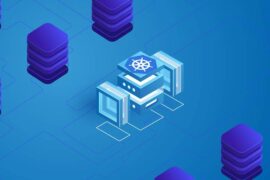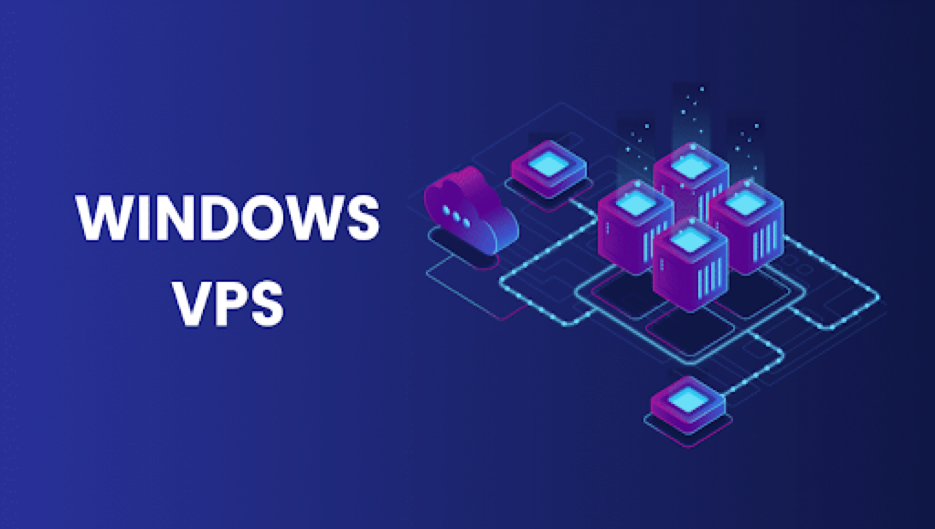The development of server-side management has been fundamentally changed by Microservices Architecture. The overall aim of microservices architecture is to assist software development firms in accelerating the development process through the facilitation of continuous development and delivery. These patterns involve the initial design and the development of the application as a collection of services, which are loosely coupled and interact over a variety of well-defined, lightweight APIs to meet different businesses’ requirements.
If you are interested in learning more about microservices architecture, then there are a number of practices that you should keep at the front of your mind when you are working on them. Some of the most effective practices for achieving the most efficient microservices ecosystem will be discussed in more detail below, so be sure to keep reading to find out more.
Always Keep Researching
The world of microservices architecture is constantly developing and as such, it is important that you are continuously doing some research and staying up to date with everything happening within the industry. There are a number of websites available to you which can keep you updated with plenty of information and as such, you should be sure to continue trying these in order to find out as much information as possible.
Use the Single Responsibility Principle
This is a concept that is used a lot throughout microservices architecture, which states that any single object in OOP needs to be made in order to fulfill a specific function. This is a principle that was put forward by Robert Martin. A class only needs to have one reason in order to make a change, as this can make the software a bit more maintainable and scalable, which makes things a lot easier to understand. Always keep the modules that you are working with decoupled and ensure the interfaces that you use are both clear and concise in order to communicate between them.
All services should have single responsibilities. This makes it so that you can ensure you don’t integrate one service with another when doing so isn’t necessary because this makes the architecture a bit more complicated to test and maintain everything.
Ensure Your Teams Have Clear Responsibilities
Small bugs can cause large maintenance issues and as such, it is important to build a cross-functional team with clear responsibilities in order to help orchestrate work between the different teams. There should be a cross-functional team that is responsible for the entire microservices functionality, which can be a massive benefit to the whole project. The team should consist of different members from all of the role-based teams, and they will be responsible for orchestrating various parts of the application. If there are two different versions of the application, for instance, if they are available on both mobile and web, then the developers from both of the teams will be able to present in their respective sections. Having the team cross-functional ensures no aspect of the project gets forgotten about and no aspect of work is neglected – there should be a number of people with different backgrounds and therefore different opinions.




